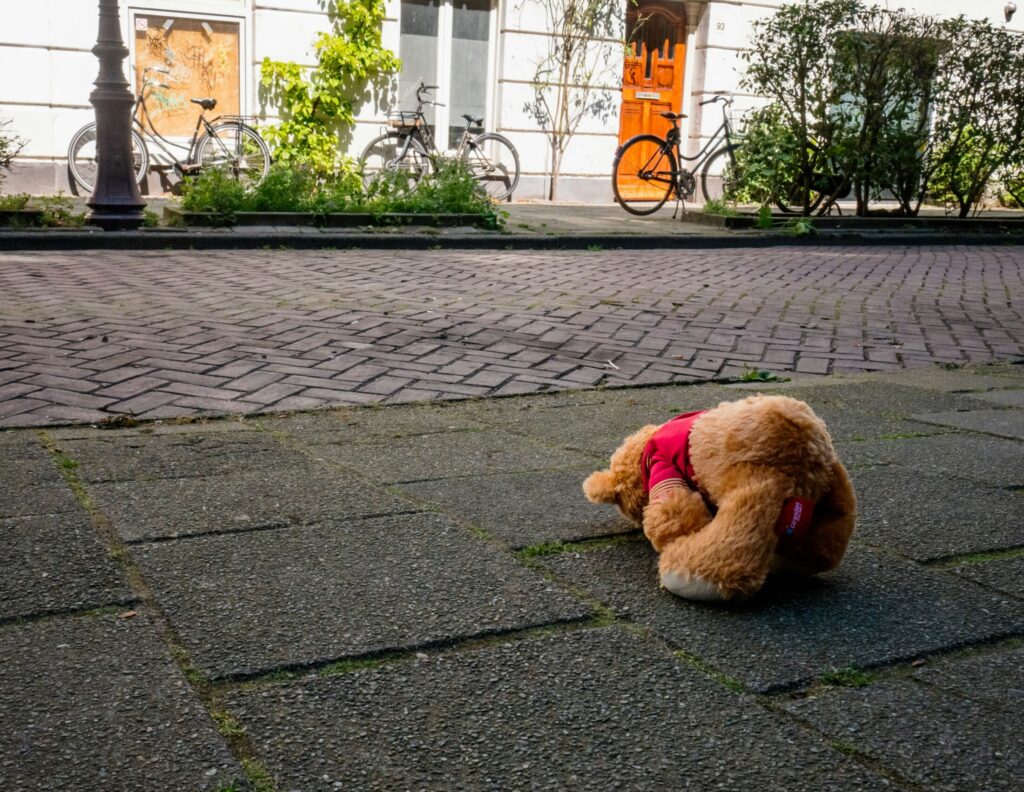
Photo by Charlene Gracia
People often ask me if there’s a mindfulness practice for ….fill in the blank. Is there a practice for anxiety? Or a practice that helps in grieving a loss? Or a practice for improving concentration or mental performance in some way?
While my answer is generally yes, there’s something important to explore here around the mind that asks that question: an underlying assumption that mindfulness is essentially a tool for self-improvement and problem solving.
It makes perfect sense that we’d feel this way! It’s the dominant way we think about ourselves and our world after all. There’s something wrong here and it’s on me to fix it – or at least improve it – or at least try. Maybe if I take up….fill in the blank….things will be better.
What if the real problem here isn’t that long list of issues but the incessant idea that everything is a problem to solve. And especially: that we are a problem, too?

Photo by Alex Muromtsev
There’s a central idea in mindfulness that’s so powerful, and so healing. It’s the idea that we can lighten our grip on this mental habit that everything is a problem to solve, especially ourselves. When we can feel this, it’s such a powerful path to healing, acceptance, and joy.
But it’s hard for us to believe this core concept of mindfulness that just being is important! That a good measure of doing nothing at all is important. This idea goes deeper than just resting up after we exert to recover so we’re ready for more doing and fixing and trying.
Consider our two favorite definitions of mindfulness here at Mindfulness Northwest. We like how these two complement each other:
Neither of these definitions suggests mindfulness as a tool to improve ourselves. They point to a process. To a way of being.
The second definition does give us an outcome: an increase in awareness. We may see and understand something about ourselves, or a situation, that we didn’t know before as a result of our practice.
But that’s it. That awareness, that just being present, is what mindfulness offers.

Photo by Torsten Dederichs
And so quickly the mind jumps back to fixing and solving. “If I become more aware of something then I can do something about it.” True enough, but there’s a narrowing of possibilities when we think that way.
What if just being aware, just being here, just being itself is what we’re after in our practice? That the benefit is there, not in what mindfulness might help us to do.
It can sound naive or foolish that having a much larger element of trusting and allowing in how we live our complex lives makes our lives better. That with less fixing and solving, not more, things are more likely to work out well for us and those we love.
Of course we need to do things, make plans, and solve problems. There are very real problems in this world that absolutely require our attention. But when that becomes our only way of being, we find ourselves in a life of endless stress and difficulty. And as we get more stressed and anxious our attempts to fix and solve are more likely to go awry, too!
We also love this quotation from the meditation teacher Bob Sharples:
Don’t meditate to fix yourself, to heal yourself, to improve yourself, to redeem yourself; rather, do it as an act of love, of deep warm friendship to yourself. In this way there is no longer any need for the subtle aggression of self-improvement, for the endless guilt of not doing enough. It offers the possibility of an end to the ceaseless round of trying so hard that wraps so many people’s lives in a knot. Instead there is now meditation as an act of love. How endlessly delightful and encouraging.
We can take this sensibility out of meditation and fully into our lives. Meditation done in this spirit helps us experience a way of being that’s helpful all the time. It’s an essential antidote to our usual mode which has us constantly running on the hamster wheel.

Photo by Muhammed Taha Ibrahim
Sure: the mind that’s all about fixing and solving will argue with these ideas. This is probably happening right now. It makes sense that we’d doubt this as it seems counter to that mind’s agenda and understanding of how things work. Surely spending more time just being and not worrying is a mistake. Our lives and world are full of problems needing our attention.
This is true enough, but it’s also deeply true that to be healthy and happy, every one of us needs a lot more not-worrying and a lot more just-being. A lot more trusting that it all works out. A lot more trusting that we are enough. That it’s more than good enough to do our best when it’s time to engage and let go when it’s not.
Fundamentally we’ll be no good as helpers unless we can learn to feel this fundamental truth that we don’t have to be perfect and fix everything. The other option is to tie ourselves up in knots.
In my experience this is really true: everything’s a mess, yes, but also everything’s just as it is and doesn’t need our constant vigilance to fix it. That at some level, truly: it’s ok.
Mindfulness helps us feel and gradually learn to trust this underlying truth of the “okay-ness” of ourselves and our world even with all of the evidence we can think of to the contrary.
And what a relief that can be. As Bob Sharples says, “how endlessly delightful and encouraging.”
Wishing you a little – or a lot – more peace in your life. Mindfulness practice for the purpose of just being – which is really not about purpose at all! – can really help.
